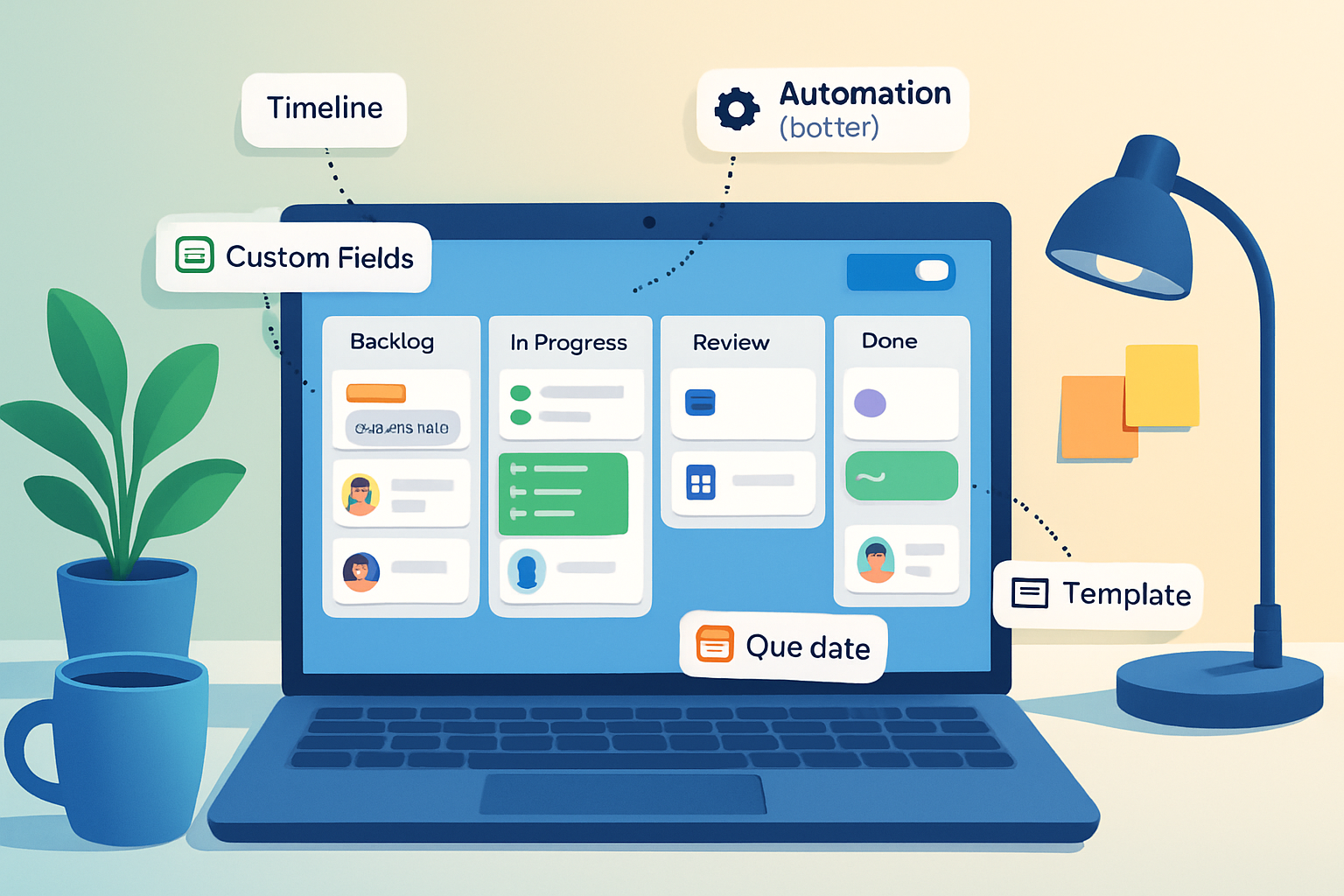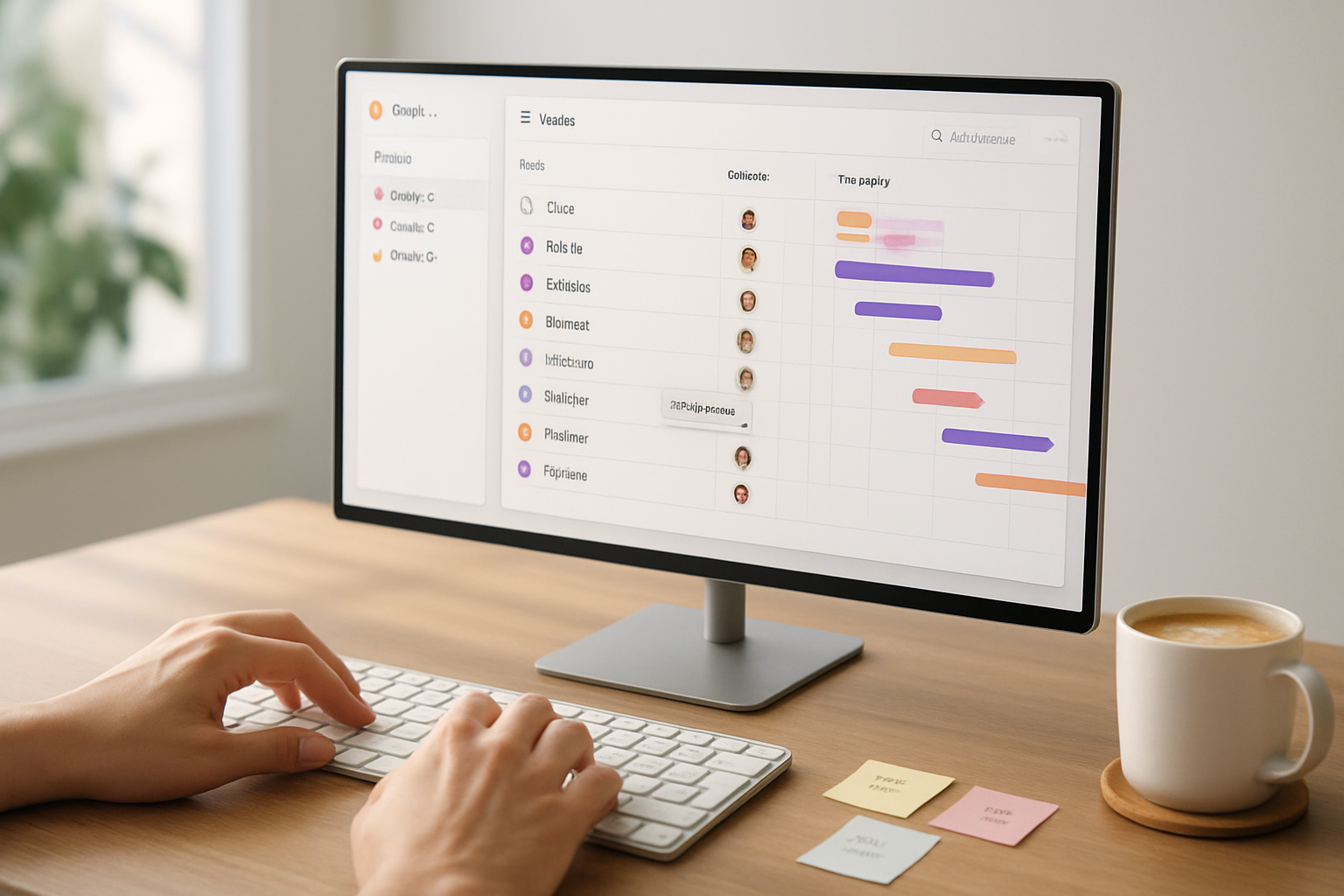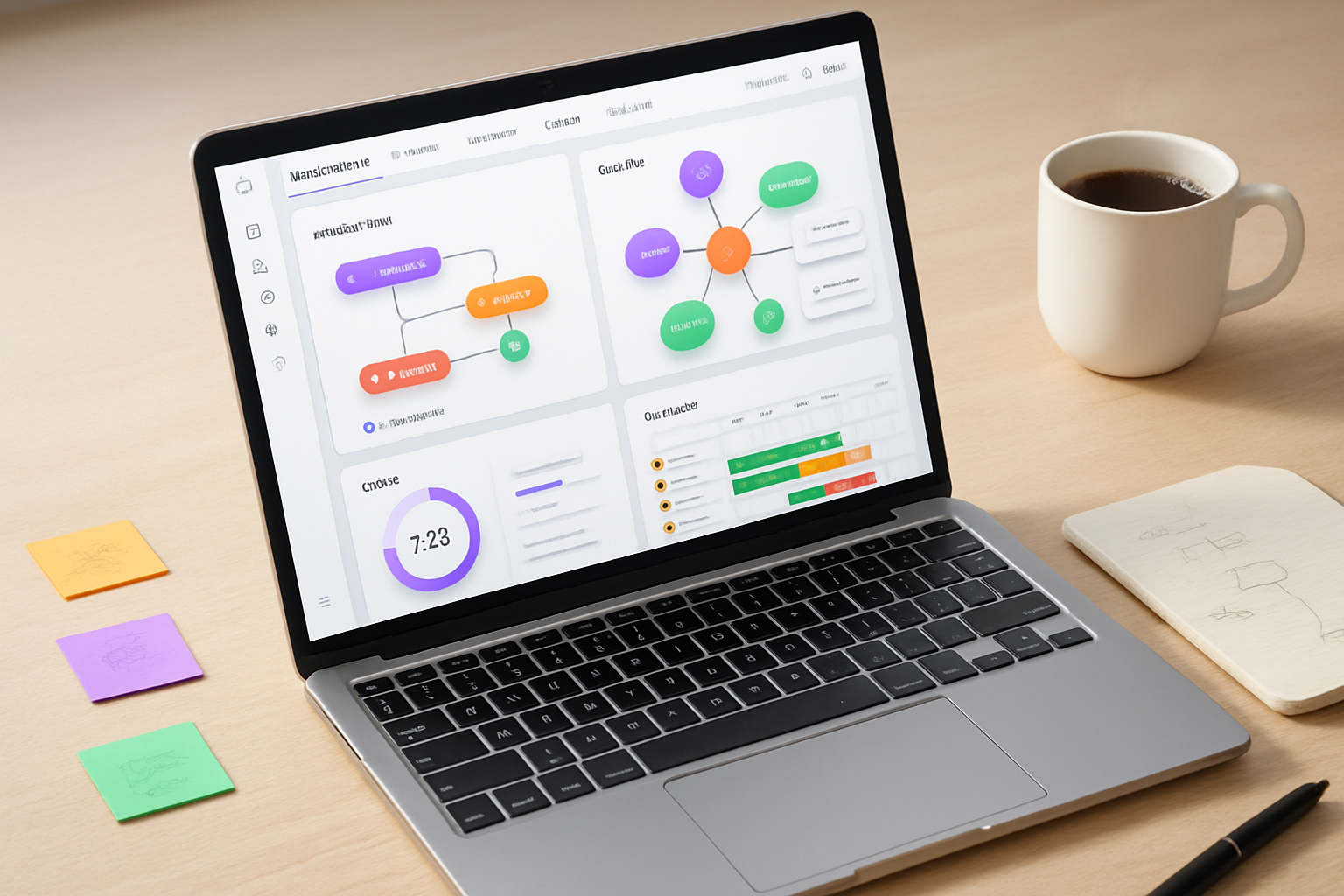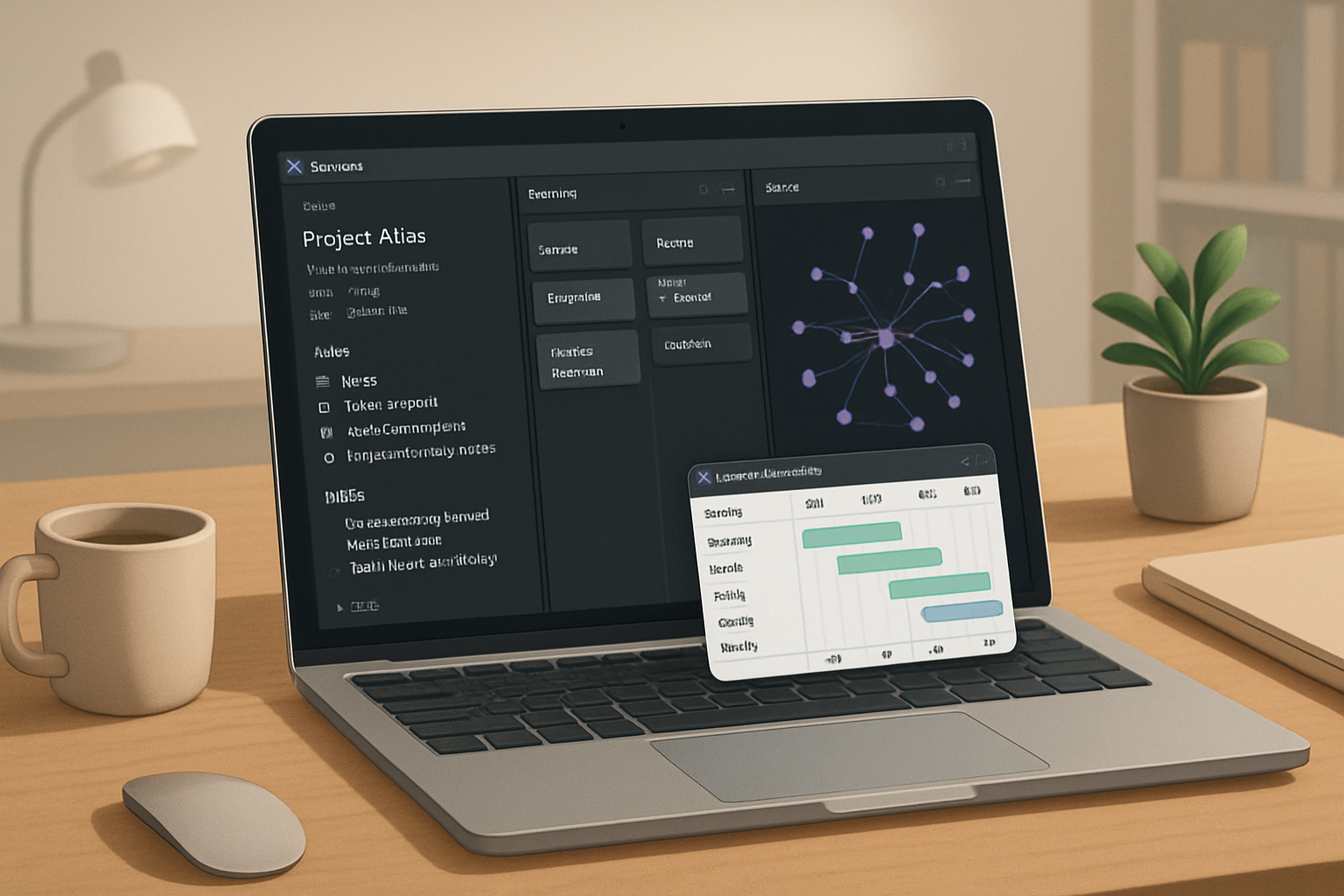· productivity · 7 min read
Unlocking Trello's Hidden Potential: 10 Features You Probably Aren't Using
Discover 10 lesser-known Trello features - from Custom Fields and Butler automation to Views and Card Repeater - that can transform how you manage projects and boost productivity.

Introduction
Trello is famous for its simplicity, but beneath that clean Kanban surface sits a toolbox of features many users never discover. This article walks through 10 powerful, lesser-used Trello features - how they work, why they matter, and practical ways to apply them to your day-to-day workflows.
Why bother? Small changes (like a Custom Field or a clever Butler rule) cut repetitive work, reduce mistakes, and make your boards scale as your team grows.
Quick list of the 10 features covered
- Custom Fields
- Butler automation (Rules, Card & Board Buttons, Scheduled commands)
- Views (Table, Timeline, Dashboard)
- Card templates & Board templates
- Advanced search, filters & saved searches
- Calendar Power-Up and iCal sync
- Checklists as mini-workflows (templates & converting items to cards)
- Card mirroring & multi-board sync
- Card Repeater & recurring tasks
- Keyboard shortcuts, multi-select & bulk actions
- Custom Fields - Add structure to your cards
What it is
Custom Fields lets you attach specific data to a card: dates, text, numbers, drop-down lists, checkboxes.
Why it matters
Cards become more like small records (e.g., Priority: High, Cost: $500, Client: Acme Co.) - easier to sort, filter and export.
How to use it
- Enable Custom Fields from Power-Ups (if needed) or from your board menu. See Trello’s guide: https://help.trello.com/article/1061-custom-fields-power-up
- Add fields like “Effort (hrs)” or “Client”.
- Use drop-downs to standardize values (e.g., Priority - Low/Med/High).
Pro tips
- Use short, consistent field names for easier Butler and export use.
- Pair Custom Fields with Views (Table or Board filter) to group/sort cards by fields.
- Butler automation - Automate repetitive work
What it is
Butler is Trello’s built-in automation engine: rules (trigger → action), card buttons, board buttons, and scheduled commands.
Why it matters
Automate standard processes (move cards when a label is added, remind owners before due dates, auto-populate fields), freeing you from manual housekeeping.
How to start
Open Automation in the board menu. Read more: https://help.trello.com/article/1195-butler-automation
Example rules
- When a card is moved to “Done”, set a Custom Field “Completed” to today’s date.
- When the due date is 2 days away, post a comment - “Reminder: due in 48 hours”.
Sample Butler rule (visual builder; here’s the idea):
- Trigger - when a card is added to list “In Review”
- Action - add member @qa, set custom field “Status” to “QA”
Pro tips
- Use variables like {cardname}, {cardlink}, {duedate} in comments and card buttons.
- Limit overly broad rules (they can create unintended loops). Test on a copy of the board.
- Use scheduled commands for weekly status summaries (e.g., create a report card every Monday with links to open bugs).
- Views - See your work differently (Table, Timeline, Dashboard)
What it is
Views offer alternate ways to visualize cards across lists and boards: Table (spreadsheet-like), Timeline (Gantt-style), and Dashboard (charts).
Why it matters
Switching view can turn a messy board into a project plan (Timeline), a product backlog (Table), or meaningful KPIs (Dashboard).
How to use
Open Views from the board header (or use the Views button). Learn more: https://trello.com/en/features/views
Practical examples
- Use Timeline for release planning and visualizing overlapping tasks.
- Table view for quick bulk edits (sort, edit Custom Fields inline, multi-select).
Pro tips
- Table view is a great temporary workspace for backlog grooming and batch updates.
- Export from Table or use Dashboard charts to report to stakeholders.
- Card Templates & Board Templates - Standardize recurring card types
What it is
Templates let you create reusable card or board blueprints with pre-filled fields, checklists, attachments and labels.
Why it matters
Ensure consistency (e.g., every bug report card has steps-to-reproduce checklist, priority field, and reporter field).
How to create/use
- For a card - open a card → ••• menu → Convert to template (or Create from card).
- For a board - Board menu → More → Make template. Docs:
Pro tips
- Keep a “Templates” board in your workspace with card templates for tickets, onboarding, retrospectives.
- Update templates when your process changes; version your templates by including dates in titles or a quick changelog field.
- Advanced Search & Saved Searches - Find anything fast
What it is
Trello’s search supports operators (label:, board:, member:, due:, is:archived, etc.) to create precise queries.
Why it matters
Search becomes a power tool: find all overdue high-priority cards for a client across boards in seconds.
Examples
Find all high-priority open cards assigned to @alex:
label:"High" member:alex -is:archivedAll cards due this week across workspace:
due:week
Reference: https://help.trello.com/article/808-shortcuts-and-search
Pro tips
- Save common searches as browser bookmarks or keep them in a “Saved Searches” card.
- Combine with Butler to create reports from search results.
- Calendar Power-Up & iCal sync - Turn cards into calendar events
What it is
Calendar view shows due dates on a month/week/day layout; you can also sync it via iCal to external calendars.
Why it matters
Visualize deadlines and avoid scheduling clashes across projects.
How to use
- Enable Calendar Power-Up from the Power-Ups menu. Info: https://help.trello.com/article/708-using-the-calendar-power-up
- Click “Enable Sync” to get an iCal link and subscribe in Google Calendar, Outlook, etc.
Pro tips
- Use Custom Fields with dates (start/end) and a Timeline view for multi-day tasks.
- Use Calendar + Butler scheduled commands to create recurring status cards automatically.
- Checklists as mini-workflows - Convert items to cards
What it is
Checklists break work into steps. You can turn checklist items into cards (and even assign them) - great for breaking big tasks into actionable sub-cards.
Why it matters
Keeps the parent card focused while giving checklist items full card functionality (comments, assignees, due dates).
How to do it
- Add a checklist → click the three dots next to an item → Convert to card. Docs: https://help.trello.com/article/840-adding-checklists-cards
Pro tips
- Maintain checklist templates for recurring processes (e.g., deployment checklist).
- Use Butler to copy checklists from templates when creating cards - when a card is created in list X, add checklist Y.
- Card mirroring & multi-board sync - Keep related work aligned
What it is
Card mirroring (via Power-Ups like Unito or third-party tools) links cards across boards so they stay in sync (status, comments, attachments).
Why it matters
Great for cross-functional teams: marketing, development, and support can each keep a board while one mirrored card keeps everyone updated.
How to use it
- Add a sync/mirroring Power-Up (e.g., Unito). See Unito: https://unito.io
Pro tips
- Mirror only the fields you need to avoid noise (e.g., status and comments only).
- Use labels to indicate the authoritative source when multiple boards feed one workflow.
- Card Repeater & recurring tasks - Automate repeating work
What it is
Card Repeater (Power-Up) automatically creates copies of a card on a schedule (daily, weekly, monthly).
Why it matters
Eliminates manual recreation for stand-ups, invoices, weekly reports, maintenance checklists.
How to set up
- Enable Card Repeater Power-Up and configure a card to repeat - open card menu → Repeat → set schedule. Docs:
Pro tips
- Use a dedicated “Recurring” list for these cards to avoid polluting active workflows.
- Combine with Butler to auto-assign or move repeated cards to the correct list after creation.
- Keyboard shortcuts, multi-select & bulk actions - Move faster
What it is
Trello supports many keyboard shortcuts (b for boards, f for filter, q for cards assigned to you) and multi-select for bulk edits.
Why it matters
Small speed gains compound: quick shortcuts keep you in flow; multi-select lets you edit labels, members, and due dates for many cards at once.
How to use
- Press ? on any board to open the shortcuts list. A handy guide: https://help.trello.com/article/808-shortcuts-and-search
- Use the multi-select tool in the board header (or hold Shift/Ctrl while selecting) to edit several cards.
Pro tips
- Learn 8–10 shortcuts that match your routine (e.g., n to create a card, c to archive a card).
- During backlog整理 (grooming), use multi-select to move, label, or assign batches of cards.
Putting it all together - Example workflow
Imagine a product team using Trello for sprints:
- Card Templates ensure every ticket has Priority, Epic, Acceptance Criteria, and a checklist.
- Custom Fields capture Story Points and Client.
- Butler automatically moves cards from “In Review” to “Done” when QA approves, and sets a completion date field.
- Table View is used for sprint planning to sort by Story Points and assignee.
- Calendar and Timeline show release dates.
- Repeating retrospective cards are created by Card Repeater every two weeks.
- Unito mirrors high-level feature cards to the stakeholders’ board.
This combination reduces meetings, avoids lost tasks, and gives everyone visibility without extra work.
Final notes - governance and pricing
Some features (Views, higher Butler usage, certain Power-Ups) are gated by Trello plan tiers (Free, Standard, Premium, Enterprise). Check your plan and the Power-Up documentation before investing time in large automations.
Useful references
- Trello Automation (Butler): https://help.trello.com/article/1195-butler-automation
- Custom Fields: https://help.trello.com/article/1061-custom-fields-power-up
- Power-Ups and Card Repeater: https://help.trello.com/article/1169-using-the-card-repeater-power-up
- Templates: https://help.trello.com/article/839-creating-board-templates-and-card-templates
- Calendar Power-Up: https://help.trello.com/article/708-using-the-calendar-power-up
- Shortcuts & Search: https://help.trello.com/article/808-shortcuts-and-search
Try this: pick one feature from this list, enable it on a test board, and spend 30 minutes configuring it with a real example from your workflow. The payoff is almost always worth the upfront time.



